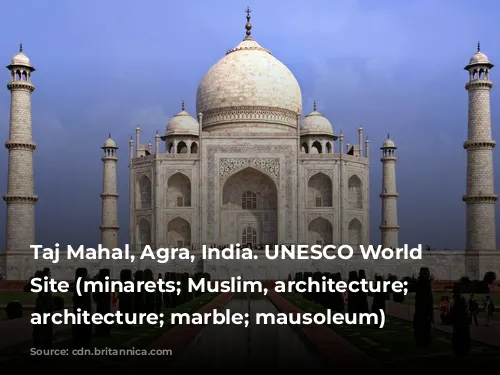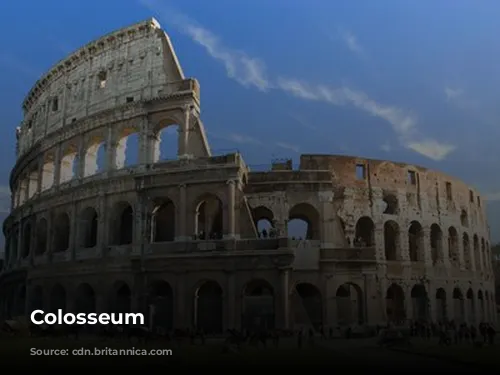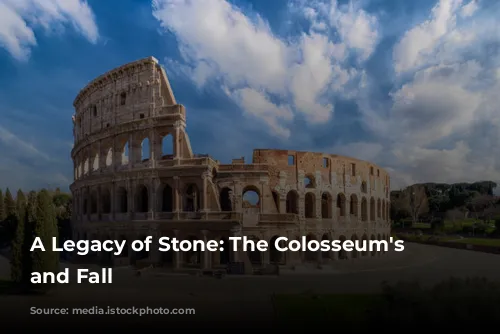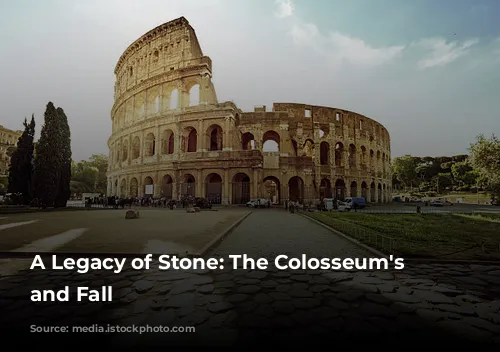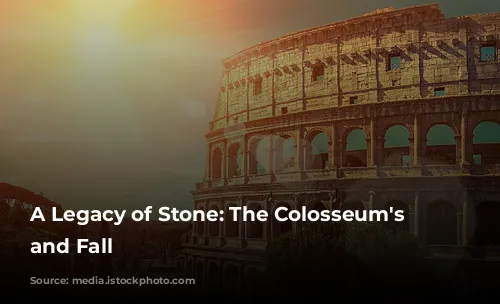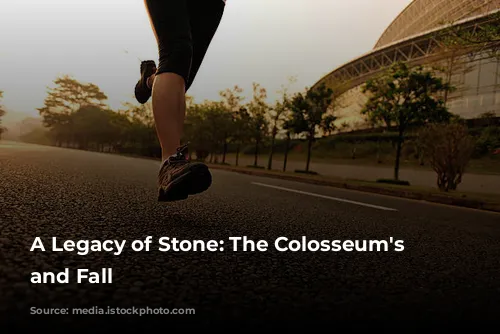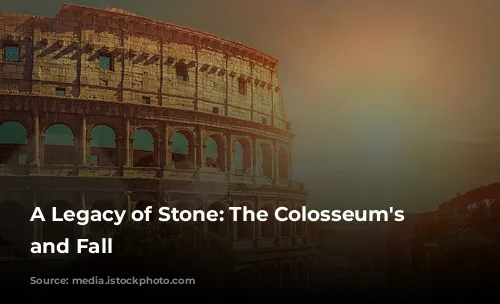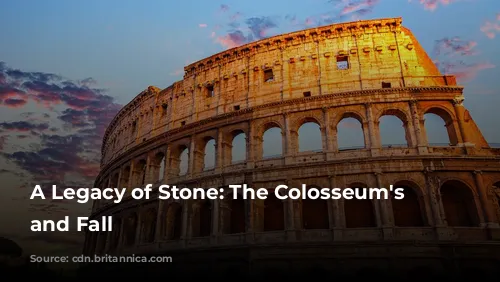The Colosseum: a name synonymous with ancient Rome and its glorious past. This magnificent structure, standing as a testament to the Romans’ architectural and engineering genius, continues to awe and inspire millions of visitors each year. It is not just a marvel of the past, but a vital part of present-day Italy, generating millions in tourism revenue. In fact, the Colosseum, together with the Roman Forum and Palatine Hill, is Italy’s top tourist attraction, drawing in more than $63.3 million (€53.8 million) in 2018 alone.
From Arena to Quarry: The Colosseum’s Tumultuous History
The Colosseum’s journey through time is filled with both grandeur and neglect. After the fall of the Western Roman Empire, the once-mighty arena fell into disrepair. The Frangipane and Annibaldi families, powerful Roman families of the 12th century, transformed the Colosseum into a fortress, a stark contrast to its former glory. This period of repurposing was followed by a long period of ruthless exploitation: in the late 15th century, Pope Alexander VI sanctioned the use of the Colosseum as a quarry, a painful reminder of the disregard for this monumental legacy. It wasn’t until the 1990s that the Italian government launched significant restoration efforts, attempting to salvage the remnants of this ancient wonder.
A Monument to Imperial Ambition: The Colosseum’s Construction
The Colosseum’s construction is intricately woven into the history of the Roman Empire. Built under the Flavian emperors, Vespasian and Titus, it was a symbol of imperial power and Roman ambition. Following the turbulent year of the four emperors in 69 CE, Vespasian, seeking to rejuvenate Rome, envisioned the Colosseum as an entertainment hub. He intended for it to captivate the Roman public, hosting gladiatorial contests, animal hunts, and even dramatic mock naval battles.
Construction began between 70 and 72 CE under Vespasian, with the completed structure dedicated in 80 CE by his son, Titus. His successor, Domitian, added the fourth story in 82 CE, completing the Colosseum’s grand design. A sobering reminder of the empire’s brutality, the Colosseum’s construction was financed by the spoils of war, specifically the plunder from Titus’s conquest of Jerusalem in 70 CE. Tragically, Jewish slaves from Judaea were forced to build this monumental edifice.
A Triumph of Architecture: The Colosseum’s Design and Features
The Colosseum is an impressive elliptical amphitheater, constructed with stone, concrete, and tuff. Towering four stories high, it measures an astounding 620 by 513 feet (189 by 156 meters), capable of accommodating a staggering 50,000 spectators. The Colosseum’s impressive scale and intricate design made it a marvel of Roman engineering.
Its strategic location, just east of the Palatine Hill, was not a coincidence. It replaced Nero’s extravagant “Golden House,” symbolizing Vespasian’s commitment to public entertainment over the extravagance of his predecessor. Unlike earlier amphitheaters, which were often integrated into hillsides for support, the Colosseum is a freestanding marvel, relying on a sophisticated system of barrel and groin vaults. The Colosseum’s exterior features three stories of ornate arcades, framed by engaged columns in the Doric, Ionic, and Corinthian orders, a testament to the Romans’ mastery of architectural styles.
A Stage for Spectacle: The Colosseum’s Use and Legacy
The Colosseum was not just a structure; it was a stage for dramatic spectacles. The arena was a place of gladiator contests, where skilled warriors fought for glory and survival. The Romans reveled in animal hunts, a brutal display of power and dominion. Even mock naval battles were staged, giving the Roman public a glimpse into the empire’s naval might. However, the debate continues about whether the Colosseum was also a site of early Christian martyrdom.
Despite its brutal past, the Colosseum’s legacy is undeniable. It was not only a symbol of Roman power but also a source of entertainment and civic pride. The Colosseum’s story reminds us of the power of architecture, its ability to transcend time and shape our understanding of history. Today, the Colosseum stands as a powerful reminder of Rome’s rich past, a testament to the remarkable skills of ancient engineers and architects. As visitors flock to its ruins, they stand in awe of a monument that continues to captivate and inspire generations.
